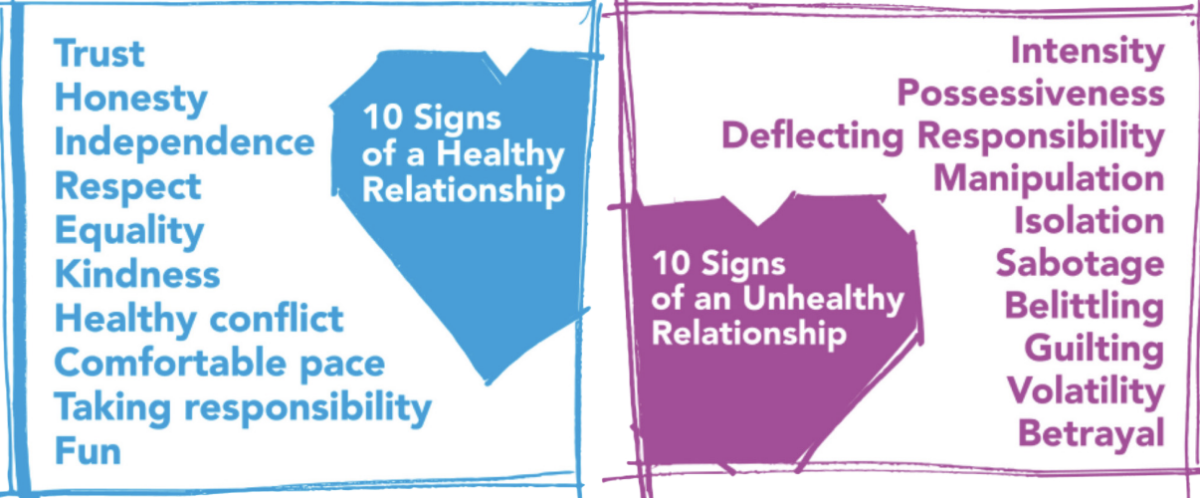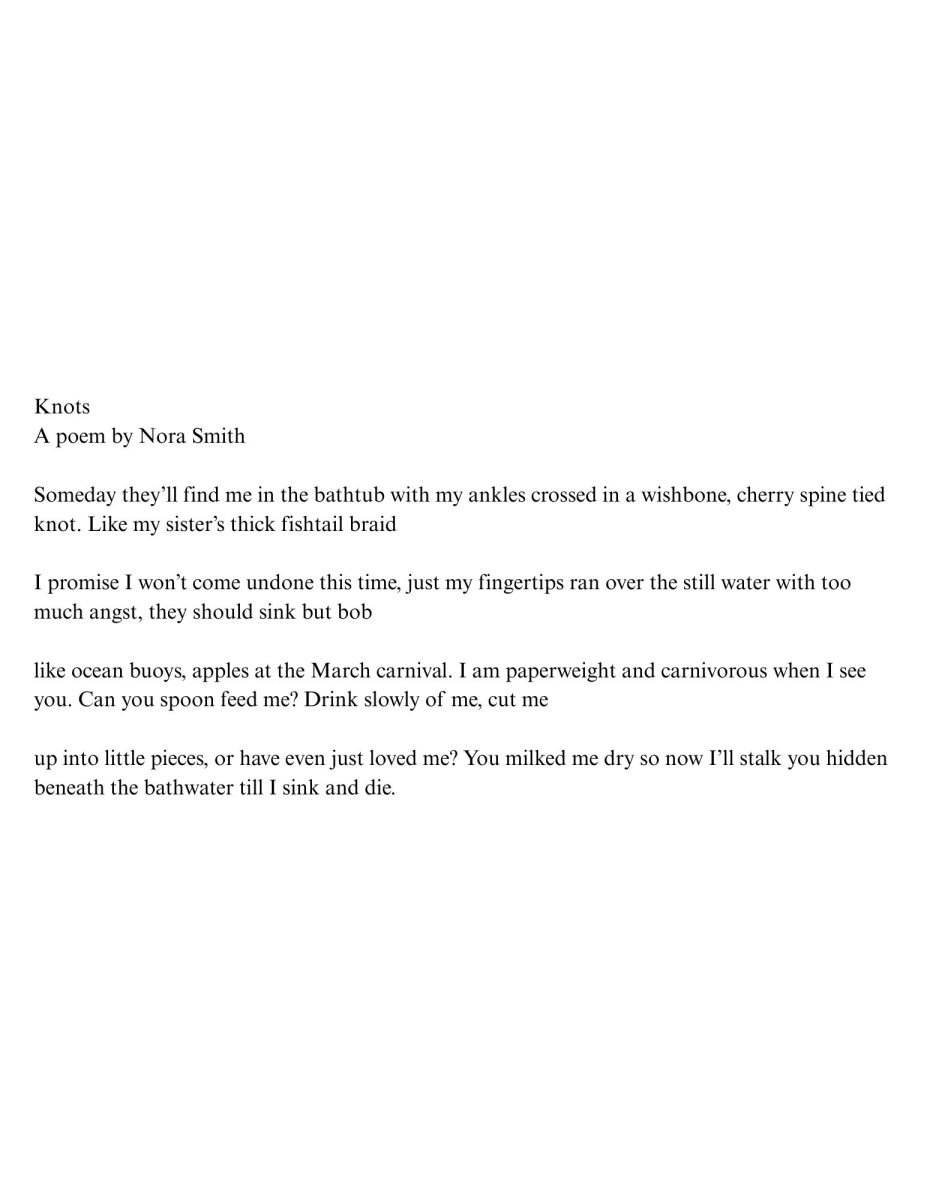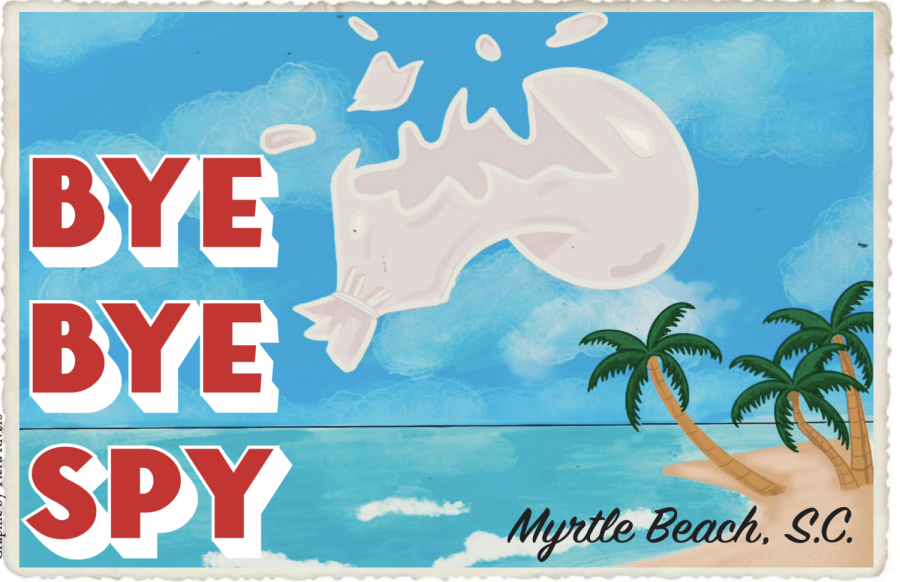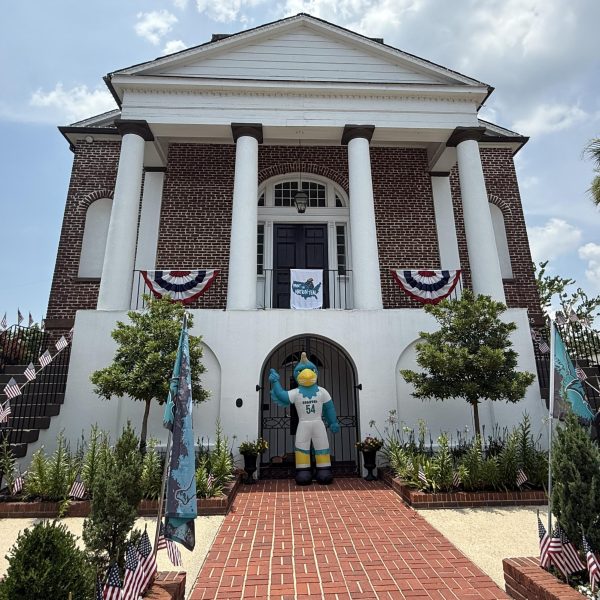Horry County residents react to suspected Chinese spy balloon
Sophomore Jack Benoit was one of many Horry County residents who watched as a suspected Chinese spy balloon floated above their homes, schools, and businesses. Benoit said he was at cross country practice when he saw the balloon.
He said he had been intrigued about the balloon, following news about it since it was first reported. Benoit said he was suspicious about it once he heard it had previously flown over Montana where nuclear missile silos are located. From the other side of the country, the balloon would eventually find its way to him.
“I was at team practice, and we looked up, and it was directly above us,” he said.
Before Benoit was able to see the balloon again, he said it had been shot down.
Horry County government posted a tweet Saturday warning against tampering with debris from the balloon after U.S. military shot it down. The tweet said possible fragments could reach the coast while members of the military coordinate the cleanup.
“Debris should not be touched, moved, or removed,” the Horry County post said. “Such items are part of a federal investigation and tampering could interfere in that investigation.”
The tweet said any debris should be reported to local authorities via dispatch at 843-248-1520.
The balloon was shot down Saturday six nautical miles off the coast of Myrtle Beach. According to The Associated Press, China said the flyover was an accident involving a civilian aircraft and threatened repercussions. A Coastal Carolina University intelligence expert challenged that claim.
Director of the university’s Intelligence Operations and Command Center Joseph Fitsanakis said he is certain it wasn’t a weather balloon like China initially claimed. He said its pattern of behavior indicates it was meant for surveillance.
“The kind of behavior of the balloon, the kind of places it was seen in the beginning, points to a surveillance balloon as opposed to a weather-type instrument,” Fitsanakis said.
Fitsanakis said the appearance of a balloon like this in modern times is uncommon. He said satellites had taken over its area of surveillance. However, Fitsanakis said technological advancements now allow balloons to carry equipment that would’ve been too heavy before.
“If my assumption that this is actually surveillance aircraft is true, this may be early signs that the balloons may be coming back,” he said.
Junior intelligence and national security major Sierra Mason said the balloon might’ve been chosen for how discrete it could be. When she first heard the news, she said it reminded her of what she learned in class about plausible deniability.
“When I saw the balloon and heard that China said it was just a weather balloon, that was an interesting tactic on China’s part, because the balloon is a good strategy for plausible deniability,” she said. “Whereas, if it’s like a jet maybe, a surveillance jet for example, it’s not exactly that easy to say that it just flew off track.”
Fitsanakis said the cause for the balloon entering U.S. airspace could be a number of reasons. He speculated about the possibility of it being an accident.
However, he also said there were some other reasons it could’ve been intentionally flown into U.S. airspace. Fitsanakis said it could’ve been the Chinese looking for something specific, or it could’ve been them testing the balloon’s usage.
“It could be testing to see how the other side’s going to react, it could be something very specific they’re looking for, it could be a mistake. All of these make sense,” he said.
According to The Associated Press, China said it reserved the right to “take further actions” and criticized the U.S. for “an obvious overreaction and a serious violation of international practice” after the balloon was shot down.
However, Fitsanakis said the U.S. did what was necessary on their part.
“I don’t think the balloon itself was any serious threat to the United States, but for symbolic reasons the U.S. would have to shoot it down. The Chinese probably would’ve done the same exact thing if this was reversed,” he said.
He said this incident mirrored one from 1960, known as the “U-2 incident,” when an American spy aircraft was shot down over the Soviet Union. Since this was during the height of tensions between two nuclear powers, Fitsanakis said the danger back then was real.
“When the U-2 incident happened in 1960, the world just kind of held its breath for a few days, because it was a manned U.S. aircraft that drafted into Soviet airspace, and that technically is a cause for war,” he said.
While Fitsanakis said the United States’ actions were necessary, both he and Mason said it’s had an impact on American and Chinese relations.
Mason said Secretary of State Antony Blinken cancelled a meeting with Chinese leaders because of the incident. She said Blinken would’ve been the first secretary of state to travel to China in more than five years.
“These are very high-stakes meetings. China and the United States have had a complicated relationship in terms of trade, human rights, the status of Taiwan of course, military buildups, so this meeting was definitely meant to help stabilize relations,” she said.
Fitsanakis echoed the possibility that relations could be further strained. However, he said it’s unlikely either party would want to escalate.
“I’m hoping that they will kind of bring this back, because it’s always good to talk as opposed to not talk,” Fitsanakis said. “Things are tense enough because of the war in Ukraine, and all of that kind of stuff, so nobody gains from another major escalation of tensions, but that’s just impossible to predict.”



























